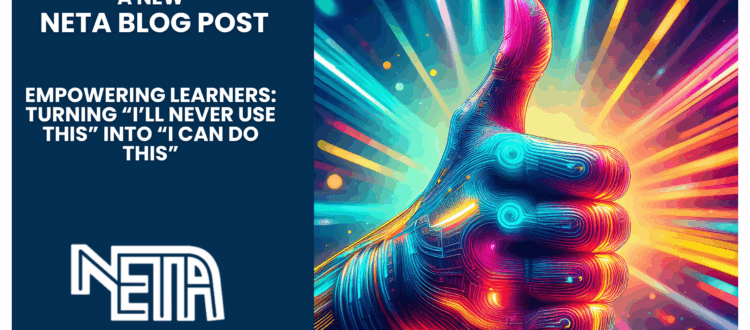Empowering Learners: Turning “I’ll Never Use This” into “I Can Do This”
Written by: Scott Harrington
One of the most common phrases we hear from students is, “Why do I have to learn this?” or “I’ll never use algebra in my life.” These questions reflect a narrow view of learning that sees education only in terms of immediate relevance. Adding to this challenge is the way today’s students interact with the world through their phones and social media. They are used to immediate validation, instant information, and quick answers. They are also exposed to content that is often more adult and mature than is appropriate for their age and stage of development. This exposure makes it even harder for students to think about the bigger picture or the long-term outcomes of their choices, rather than just focusing on what is directly in front of them. All of this makes the more deliberate process of learning in school a challenge to engage in and sometimes even feel unnecessary. That is one of the biggest hurdles we face in education today, and it is why I believe we need to shift our focus. Our role as educators is not simply to provide answers. It is to help students build the skills, strategies, and resilience to thrive in a future filled with challenges and careers that do not exist yet. Most importantly, we need to help them rewire their brains so that these skills and strategies become second nature.
Neil deGrasse Tyson explains this idea well. He reminds us that when students learn to solve math problems, the real value is not whether they will ever use those exact equations later in life. Instead, “the act of learning how to do the math establishes a new kind of brain wiring in your mind, a kind of problem-solving brain wiring.” That wiring is built when students work through problems, make mistakes, adjust, and try again. It is not just about content. It is about training the brain to approach challenges with persistence, creativity, and critical thinking.
This is even more important in a world where answers are easy to find. With AI tools, students can generate essays, solve problems, or build projects in seconds. The question is not whether they can access information. The real question is whether they can take that information, synthesize it, critique it, and use it to solve problems in ways that will give them an edge in the competitive world of adult careers. Just as important, it should provide them with the skills and strategies they will need to be successful. Tyson reminds us that it is not about the information itself or even how we get it. What matters is how we use it to drive problem-solving and build stronger critical thinking skills.
This shift is also about resilience and discipline. We want students to see mistakes not as dead ends but as opportunities to grow. We want them to understand that doing hard things, even things they do not want to do, is what strengthens their brains for future challenges. Building this kind of problem-solving wiring takes practice, reflection, and consistent opportunities to work through struggle.
3 Practical Ways to Build Problem-Solving Wiring This Week
- Exit Ticket Reflections with Google Forms
Use a simple Google Form as a digital exit ticket where students submit one strategy they used to solve a problem and whether it worked. To deepen reflection, you might also include prompts like, “What was something you did this week that surprised you?” or “How did you surprise yourself with this project?” These questions help students notice growth they might otherwise overlook, reinforcing confidence and resilience while giving teachers insight into how students are internalizing problem-solving strategies. - “My Favorite Mistake” or Non-Example with Padlet
Create a class Padlet where students post either their “favorite mistake” from an assignment or a deliberate non-example of a definition, skill, or process. For example: “Here’s how this math problem could be solved incorrectly” or “This is a non-example of figurative language.” Discussing why it’s wrong strengthens their ability to identify errors, compare approaches, and refine their problem-solving wiring. - Weekly Goal & Gratitude Check-Ins with Online Journals and Email
Have students keep a digital gratitude journal in Google Docs, OneNote, or a classroom blog where they add one new entry each week while reviewing their academic goals. To take it a step further, encourage them to send a gratitude email to a teacher, coach, peer, or family member. Since students already have school email accounts, this provides an authentic, no-cost way to practice gratitude digitally while also spreading encouragement to others. Pairing goal reflection with gratitude builds both persistence and positivity.
When we design learning that goes beyond content and intentionally builds reflection, resilience, and critical thinking, we create the wiring students need to face a future none of us can fully predict. The real shift happens when students move from asking, “Why do I need this?” to confidently saying, “I can get this done.” Our responsibility as educators is to help them recognize not only what they can learn, but also who they can become. When students believe in themselves, envision a future full of possibilities, and feel connected to something greater than themselves, that is when real learning takes root.
Link to Neil deGrasse Tyson Video

